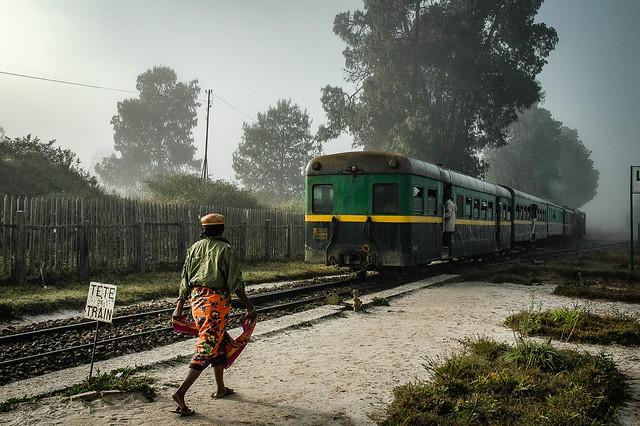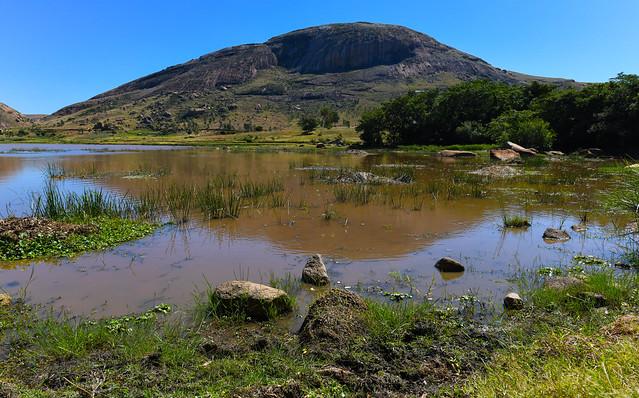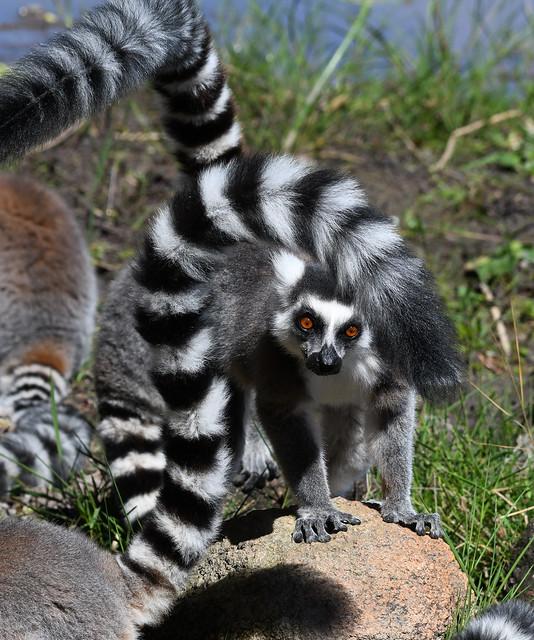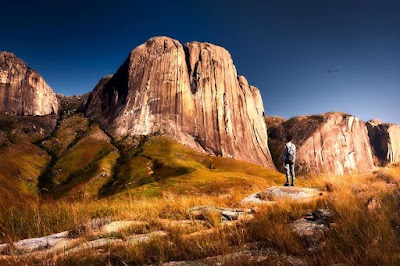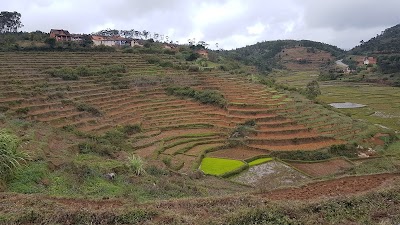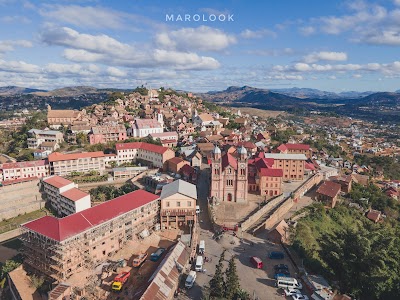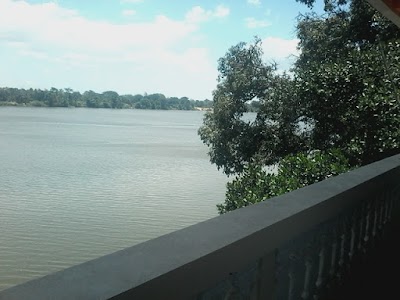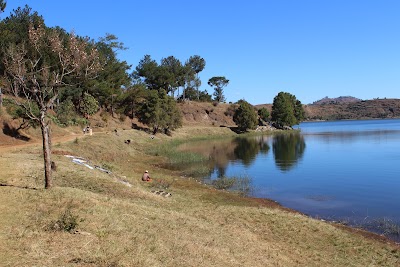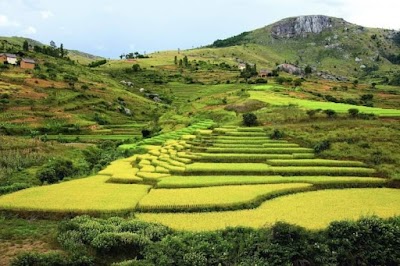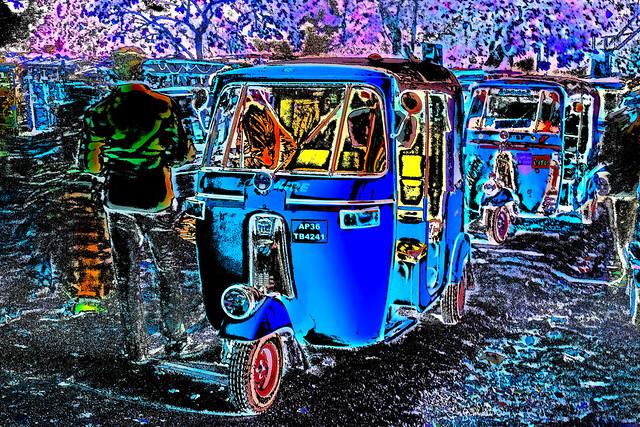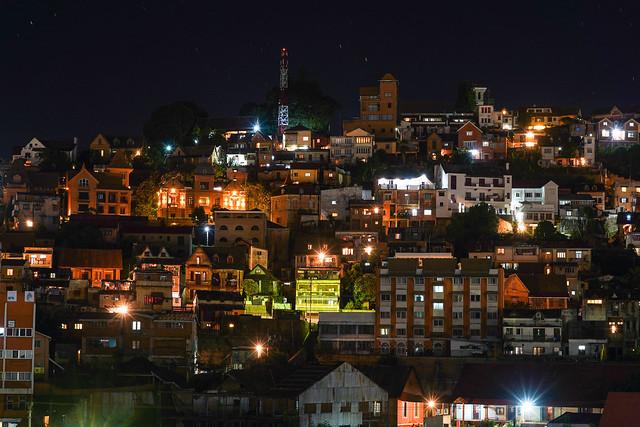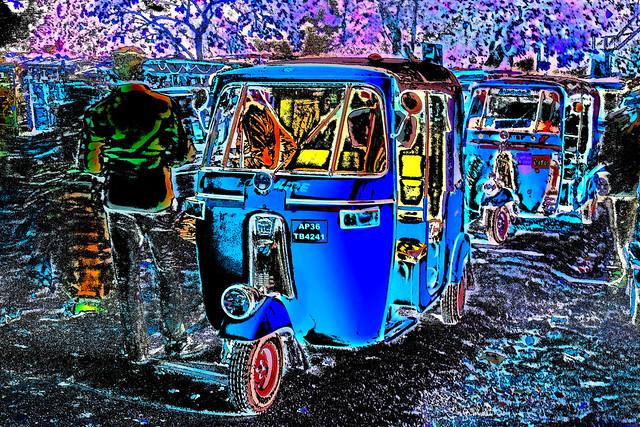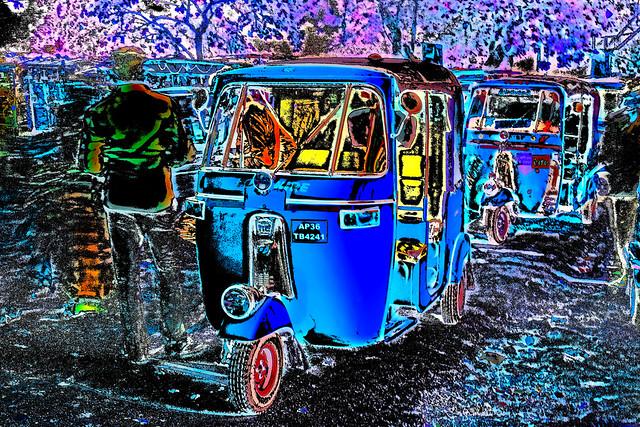Fianarantsoa Province
Overview
Overview of Fianarantsoa Province, Madagascar
Fianarantsoa Province, located in the central-southern part of Madagascar, is known for its rich history, vibrant culture, and stunning natural landscapes. The province's name translates to "Good education" in Malagasy, reflecting its status as a cultural and intellectual hub. Fianarantsoa itself, the capital city, is often considered the cultural capital of Madagascar and is famed for its scenic old town, which is perched on a hilltop. The region is also renowned for its wine production, unique only to this area in Madagascar. The province offers a mix of traditional Malagasy culture with influences from the Betsileo ethnic group, known for their rice farming and intricate silk weaving.
Tourism Season and Activities
The high season for tourism in Fianarantsoa is during the dry season, which runs from May to October. During this period, the weather is cooler and drier, making it ideal for exploring the outdoors. This is the best time to visit Ranomafana National Park, a biodiversity hotspot with lush rainforest that houses numerous species of lemurs and other wildlife. Visitors can also explore the Anja Community Reserve, where they can observe ring-tailed lemurs up close in their natural habitat. For those interested in cultural experiences, the city of Fianarantsoa offers historical tours of its old town, highlighting its architecture and historical significance.
Preparation for Travelers
Before visiting Fianarantsoa Province, travelers should prepare adequately to ensure a smooth and enjoyable trip. It is essential to be up to date with vaccinations recommended for travel to Madagascar, such as hepatitis A, typhoid, and tetanus. Malaria prevention is also crucial, so carrying mosquito repellents and considering antimalarial medication is advisable. Since rural areas may have limited medical facilities, bringing a basic first-aid kit is recommended. Additionally, learning a few phrases in Malagasy or French can be extremely helpful as English is not widely spoken. Lastly, ensure you have a good quality camera ready to capture the stunning landscapes and unique wildlife of this remarkable region.
How It Becomes to This
History not available
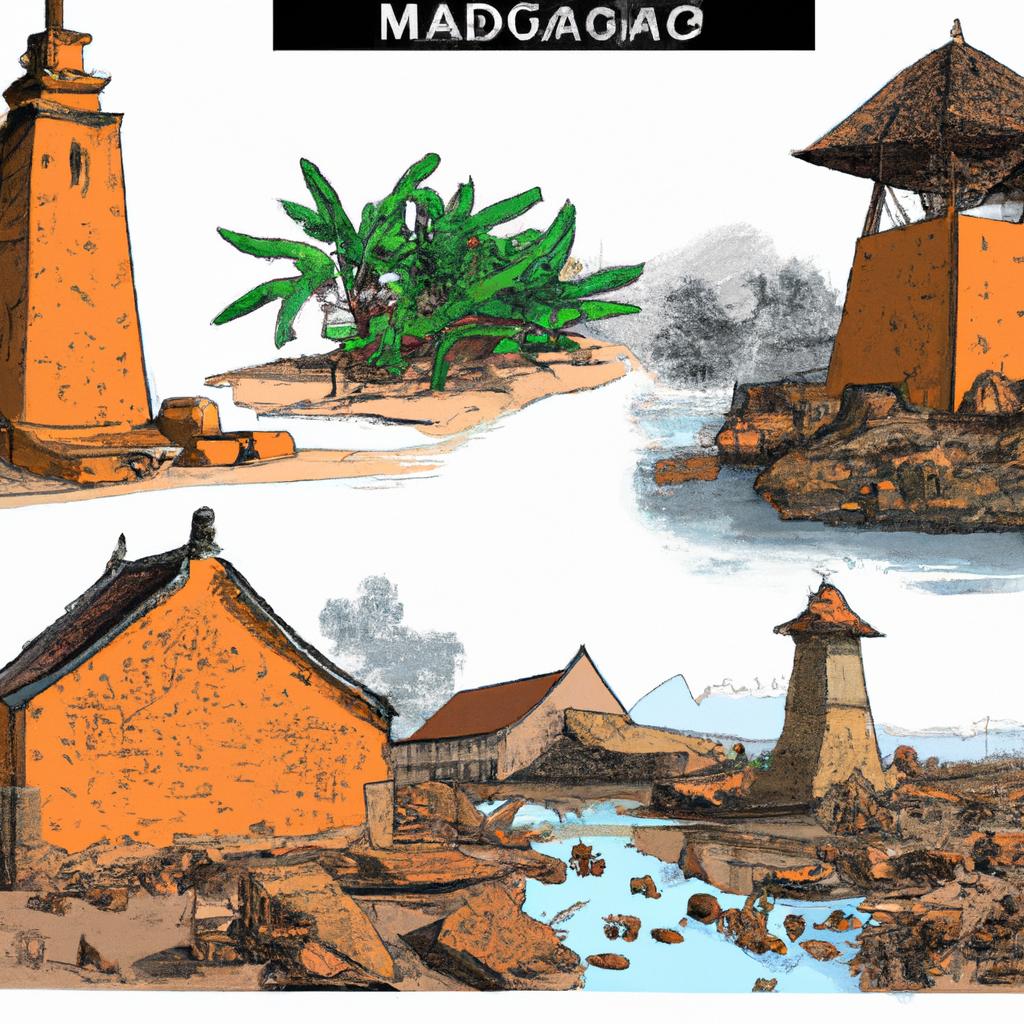
Places in Fianarantsoa Province
Explore the most popular attractions and landmarks
You May Like
Explore other interesting states in Madagascar


